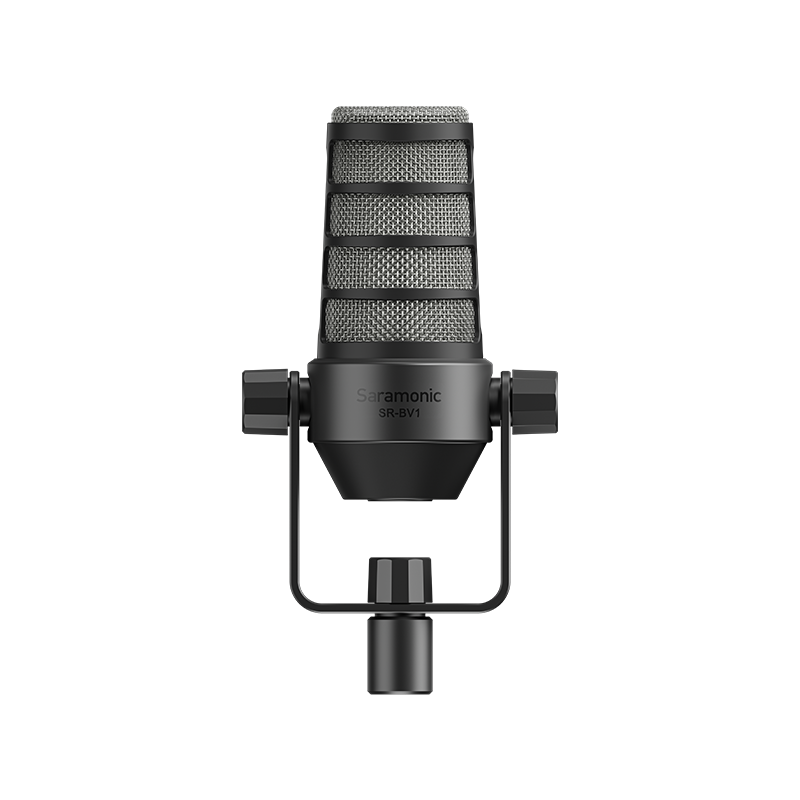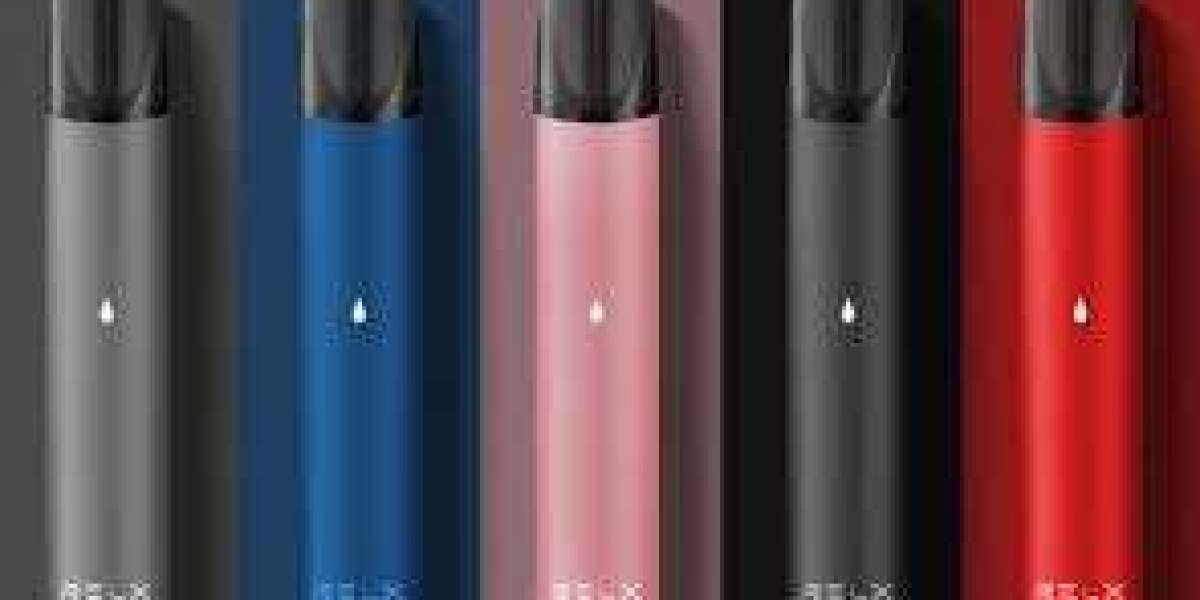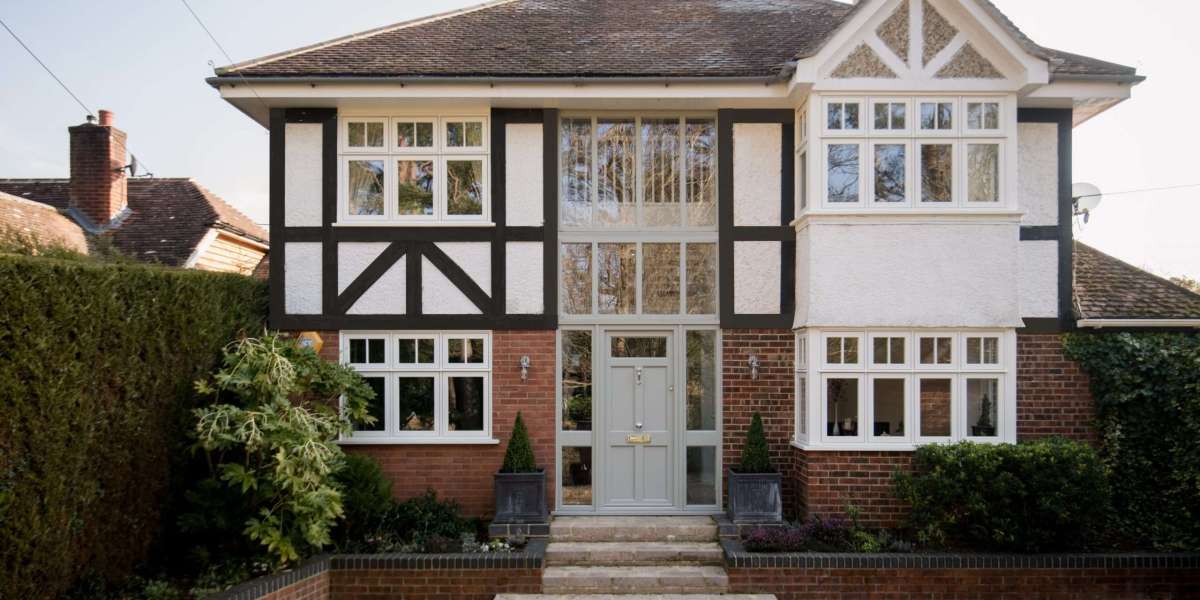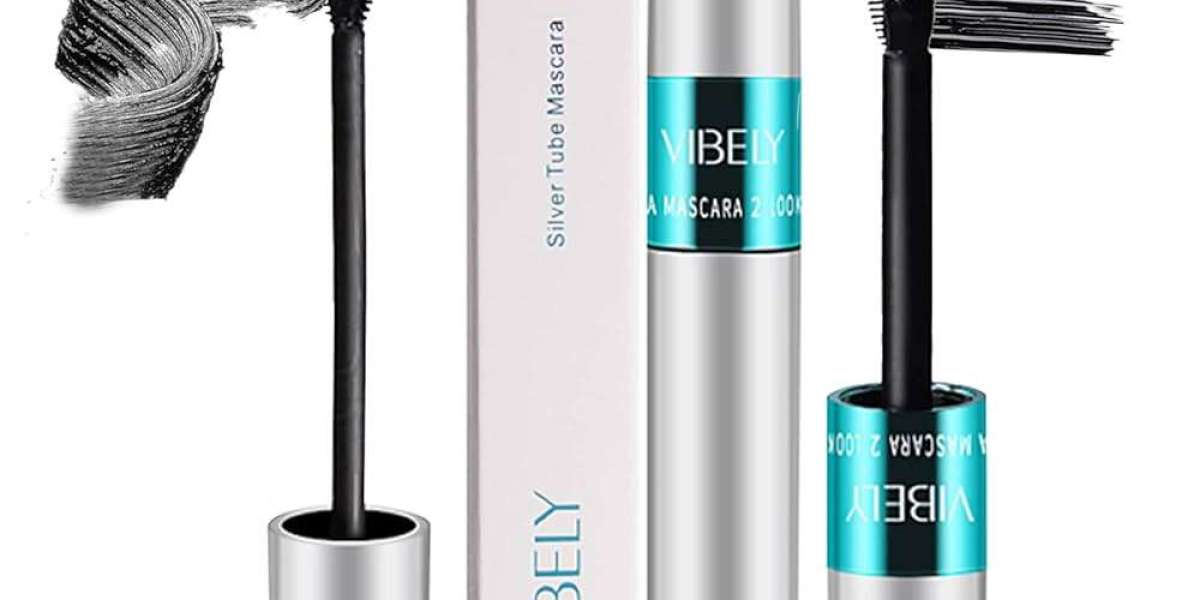Unleash Your Sound: Discover the Ultimate Microphone for Your Studio Dreams!
Choosing the right recording studio microphone is crucial for achieving high-quality sound that captures the essence of your creativity. Whether you're a budding musician, a seasoned producer, or simply someone who loves to record, the microphone you select can make or break your audio experience. With a myriad of options available, the task can be overwhelming. This article aims to guide you through the essential aspects of selecting the best microphone for your studio needs, ensuring you make an informed decision that aligns with your artistic vision.

Understanding Microphone Types
Microphones come in various types, each with its unique characteristics and ideal use cases. The three most common types found in recording studios are dynamic, condenser, and ribbon microphones. Dynamic microphones are known for their durability and ability to handle high sound pressure levels, making them ideal for live performances and loud sound sources, like guitar amplifiers. On the other hand, condenser microphones are favored for their sensitivity and broad frequency response, making them the go-to choice for vocals and acoustic instruments. They require phantom power, which can be a consideration in your setup. Lastly, ribbon microphones offer a vintage sound quality and a warm, natural tone, often used for strings and brass instruments. Understanding these differences can help you choose the right type of microphone based on your recording needs.
Key Features to Look For
When selecting a recording studio microphone, several key features should be considered to ensure optimal sound capture. Frequency response is crucial; it determines how well a microphone can reproduce different frequencies. A wider frequency response range typically offers a more accurate sound reproduction. Sensitivity is another important feature; it refers to the microphone's ability to pick up quiet sounds, making it essential for capturing delicate performances. Polar patterns, which dictate how a microphone picks up sound from different directions, can greatly impact your recordings. Common patterns include cardioid, which is ideal for isolating sound from the front, and omnidirectional, which captures sound from all directions. Lastly, build quality should not be overlooked, as a sturdy microphone is less likely to suffer damage during transport or use. These features collectively impact the microphone's performance and suitability for your recording setup.
Comparative Analysis of Microphone Options
When exploring the microphone market, it’s essential to conduct a thorough comparative analysis of various options available. Performance is a key factor, as some microphones excel in specific areas while others offer versatility across a range of applications. For instance, some models may provide superior vocal capture, while others are engineered for instruments. Usability is another consideration; a user-friendly design can save you time and frustration during recording sessions. Additionally, versatility is paramount; a microphone that can perform well in multiple scenarios, such as studio recording and live performances, adds value to your investment. When comparing different models, consider your recording environment and the primary use of the microphone. Personal anecdotes from friends who have tested various microphones often reveal valuable insights, such as the importance of testing a microphone in your own space to determine how it interacts with your unique acoustics.
Best Practices for Using Microphones in the Studio
Additionally, adjusting angles, distance, and placement can help enhance clarity. Regularly checking connections, cleaning microphones, and avoiding distortion can significantly improve sound quality; best practices such as using pop filters and experimenting with techniques contribute to smoother recordings. Maintaining your microphone will prolong its lifespan, ensuring optimal performance when capturing unique sounds, such as vocals.
Final Thoughts on Choosing Your Ideal Microphone
In summary, selecting the right recording studio microphone is a vital step in achieving the sound quality you desire. With a variety of microphone types, key features, and best practices to consider, it's crucial to assess your specific needs and preferences before making a purchase. Whether you're capturing vocals, instruments, or ambient sounds, the perfect microphone can enhance your recordings and bring your studio dreams to life. Take the time to explore your options, and remember that the right choice will not only impact your current projects but also your future creative endeavors.








